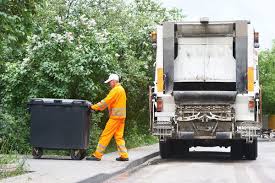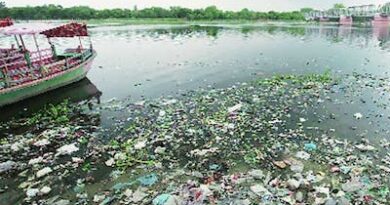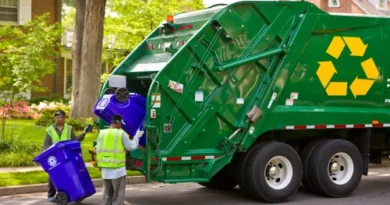Biomedical Waste Transfer Transport
Waste transfer transport can take place by the collection car emptying the garbage into a container for collection by a larger container car that transports it to a place of final disposal.
Waste transfer is the process of shifting discarded resources from the point of generation or storage to the point of recovery or pre-disposal point by a pre-determined medium.
The medium can be man, mechanical or nature. If the place of disposal is far away or if very small vehicles are used for collection, it can be appropriate to load the garbage unto a larger transport vehicle.

Read Also: Biomedical Waste Recycling and Reuse Process
Transport is thereby rationalized in that it takes fewer vehicles and crews. Waste transfer can take place by the collection car emptying the garbage into a container for collection by a larger container car that transports it to a place of final disposal.
There are certain factors to be considered when designing waste transport system aspect of waste management.
These include:
- Location of disposal points
- Disposal facilities
- Available technology
- Prevailing climate
- Route plans and road network and
- Waste quality and quantity
In the transportation of waste resources the following can be used:
- Tippers
- Side loaders
- Skip vehicles and
- Roll over vehicle
These are useful in the transportation of compressible wastes. A front‐loading garbage truck in North America.
Read Also: Classification, Processes and Importance of Biomedical Waste Minimization
Transportation of liquid waste may take place through networking in which the effluent passes into soil pipes (a channel) or through the channel to the final storage point and this is regulated through the use of gauge valve.
In conclusion,transportation of liquid waste may take place through networking in which the effluent passes into soil pipes (a channel) or through the channel to the final storage point and this is regulated through the use of gauge valve.
Transport is rationalized in that it takes fewer vehicles and crews. Waste transfer can take place by the collection car emptying the garbage into a container for collection by a larger container car that transports it to a place of final disposal.
Read Also: Concept of Integrated Biomedical Waste Management (IBWM)


